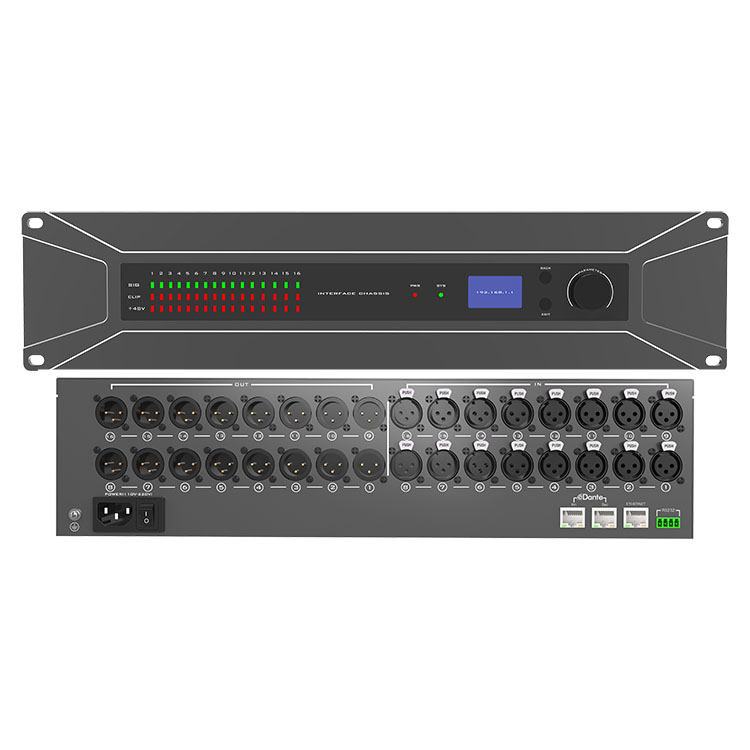
- English
- Español
- Português
- русский
- Français
- 日本語
- Deutsch
- tiếng Việt
- Italiano
- Nederlands
- ภาษาไทย
- Polski
- 한국어
- Svenska
- magyar
- Malay
- বাংলা ভাষার
- Dansk
- Suomi
- हिन्दी
- 繁体中文
- العربية
- Indonesia
- فارسی
- Eesti Keel
- Srpski језик
- Afrikaans
- icelandic
- беларускі
- Hrvatski
- ភាសាខ្មែរ
- ქართული
- Maori
- Тоҷикӣ
- O'zbek
- Հայերեն
- Lietuvos
- שפה עברית
- Pilipino
- Türkçe
- Gaeilge
- Norsk
- český
- ελληνικά
- український
- български
- ລາວ
- Latine
- Қазақша
- Slovenský jazyk
What Is the Function of an Audio Interface?
2024-07-04
An audio interface is an interface for audio transmission and connection, and it plays a key role between audio devices.
1. Processing and conversion of audio signals
Conversion of analog signals to digital signals: Audio interfaces can convert analog audio signals from microphones, musical instruments and other devices into digital audio signals, and transmit them to digital devices such as computers for further processing or storage. This conversion process involves two key factors: sampling frequency and signal processing. The sampling frequency determines the amount of audio information collected per second, while signal processing is responsible for carefully depicting this audio information to ensure that the converted digital audio signal can retain the sound quality and details of the original audio as much as possible.
Conversion of digital signals to analog signals: At the same time, audio interfaces can also convert digital audio signals in devices such as computers into analog audio signals and play them out through devices such as speakers. This conversion process also requires high-precision processing to ensure that the played audio signals can faithfully restore the sound quality and effects of the original audio.
2. Provide multiple audio interfaces
Audio interfaces usually include multiple types, including but not limited to microphone interfaces, musical instrument interfaces, headphone interfaces and speaker interfaces. These interfaces enable users to easily connect various audio devices to achieve functions such as recording, playing and monitoring audio signals. 3. Improve sound quality and recording effects
Compared with the built-in sound card or other audio devices in the computer, the audio interface usually has higher sound quality and better recording effects. This is due to its professional audio processing technology and high-quality audio interface design.
4. Support multi-channel audio transmission
Some high-end audio interfaces also support multi-channel audio transmission. This means that they can process signals of multiple audio channels at the same time and achieve effects such as surround sound and multi-channel audio.
5. Provide stable audio connection and signal transmission
The audio interface ensures that the audio signal is not interfered with or lost during transmission through a professional audio interface and a stable connection method. This is crucial for users who need high-quality audio recording and playback. Whether in a recording studio or in a live performance, the audio interface can provide stable and reliable audio connection and signal transmission guarantees.




